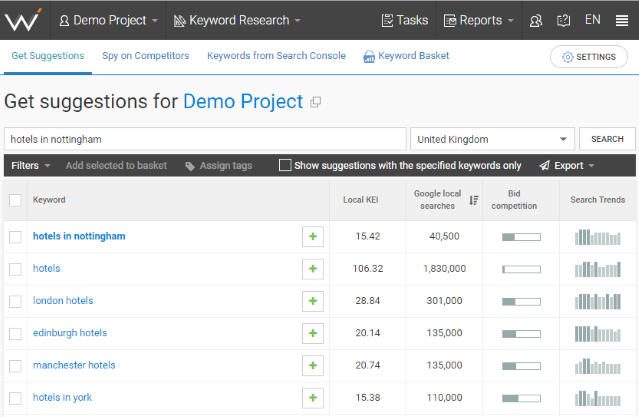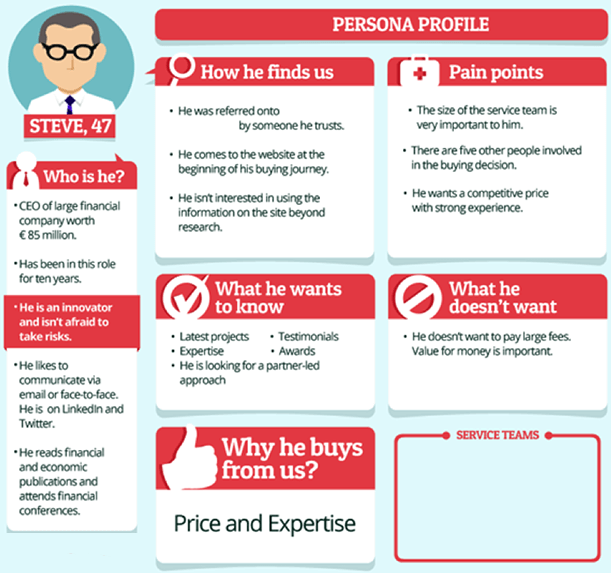
SEO copywriting has become one of the most sought-after services a copywriter can offer. It’s a huge technical market where copywriters can find an enormous amount of work as long as they have the right credentials. And a copywriter who knows the specific ins and outs to writing for local SEO can create even more opportunities for themselves within that niche market.
Why local SEO? It has been given much focus due to the ever-broadening range of products and services which consumers find with the help of search engines. The demand for certain items often depends on their locality (e.g. skiing and surfing equipment), and that’s where local SEO copywriters get their work opportunities. Their location-oriented texts direct potential customers to specific businesses, and everyone is happy.
Since it’s a relatively new field, some copywriters, though well-versed in the demands of normal SEO copywriting, do not yet have a full grasp on local SEO copywriting. These 10 actionable pieces of advice are for them.
1. Research Your Area
You can’t begin to do SEO copywriting if you don’t know what you are supposed to be promoting. And within local SEO copywriting you have to go a step further.
After proper research, you are likely to discover jargon, or localized keywords if you like, specific to the geographic region you are working in. For example, customers in New York might have a particular desire for ‘custom bicycle design’, rather than simply ‘bicycle shops’ which ought to be reflected in the copywriting that you produce.
The best way to go about this process is to use a keyword planning tool where you can quickly see the rates at which certain words are used by online searchers in your target geographic region. You can then factor that information into your SEO copywriting and get a more localized result for your client.
2. Use Your Meta Descriptions
Meta descriptions are the few lines of text which sit directly below each search engine result. There’s a big difference between a site which takes full advantage of those lines and one that does not. Though the meta description doesn’t impact where a search engine will rank your site on their list of search results, it does have a massive influence on a potential customer’s decision about which site to click on.
“Multiple sites will have titles with keywords that appeal to a customer, but many of them squander their meta description area. Especially in local SEO copywriting, it is important that you load that area with keywords which are specific to the geographic region you are targeting. If you haven’t achieved that number one result spot this can be a good way to recoup the potential customers you might otherwise have lost,” says Xander Drummond, SEO Manager at OX Essays.
Check your site’s pages and see if some of them are lacking the meta description. Some might have a description that’s too long and gets truncated in Google’s search results.
3. Gather Testimonials with Locations
When a customer is looking for a particular service in their area, they will be looking for a sense of reassurance not only of the company’s quality, but also of how other customers perceive this quality. This can be a fantastic opportunity to build in some more geographically motivated content by localizing your testimonial page.
Try and make it so all submitted testimonials require giving a location as well. A customer will then, for instance, see a positive review from ‘John Smith, New Haven’ which will encourage a belief that the positivity is related to the region as well as the product or service itself.
4. Focus On Your Mobile Site
Mobile sites are an important part of most web design and SEO copywriting jobs. Smart phones have advanced to a level where many people are now conducting the vast majority of their online affairs through the interface of a small touch screen.
Test your site for being mobile-friendly – and see what you can do if it isn’t.
Mobile sites are of particular interest and concern for local SEO copywriting. Very often a client will be searching for results for a store, product or service when they are on the go. More often than not, they are seeking somewhere that is within range for them. Good local SEO copywriting will ensure that the locality aspect to their mobile website and text is emphasized heavily so that potential customers can conveniently find where they need to go.
5. Enhance Your Pages with Localized Keywords
Search engines that survived the passage of time have become much smarter since the day they were born. A search engine’s primary focus is always their own customers, meaning that they want to provide the best user experience for their users. A page which is simply packed with keywords in an attempt to earn a high ranking and bait out customers will be discredited by the search engine. The same goes for location-oriented copywriting on a website. The page needs to efficiently but naturally thread the keywords into the site to satisfy the search engines but similarly draw in the site visitors they want.
This is not solely the job of the copywriter, of course; a web designer is needed to manage overall site architecture. But a good copywriter for local SEO will have an eye to site structure when they format their keyword locations. They are also aware that a well optimized site has satisfactory keyword counts infused in naturalistic prose. They usually make sure not to repeat a keyword more than 5 times on a page.
6. Look for Advice
It can be a bit of a struggle to transition from SEO copywriting into the more niche local SEO field whilst maintaining the integrity of your writing. There’s no shame in turning to outside help. After all, that’s exactly what the Internet is for. Why learn from your own mistakes when others have made them all before you even discovered the Web?
Here is a list of sites which can make you a better copywriter and help with your transition:
- Studydemic and Academ Advisor: These are useful for grammar tips and research. No one will take your content seriously if it’s full of grammar mistakes, so don’t embarrass yourself.
- Academized: This is a very valuable online content editing tool, perfect for running your copy through.
- Via Writing and StateOfWriting: Two sites designed to help you generate keywords, subtitles and headings.
- Academized and LIA Help: Both offer content formatting tools for your copywriting needs.
- MyWritingWay: A specific SEO content writing guide, with tips on how to produce the most optimized content.
7. Write Content for Buyer Personas
Understanding your customers’ needs is the key to winning them over; everyone knows that. But it’s not enough to just understand. What is the next step? Once you can see the customer’s journey from the users’ perspective, you put this knowledge to practical use. Design a buyer persona – your ideal customer – and then write content that will satisfy their needs.
The good thing about buyer personas is, you will inevitably create at least one if you are serious about figuring out your customers’ mindsets. However, your job will be much easier if you put your findings in writing. All you need to do is visualize your ideal customers and write down their characteristics: age group, gender group, interests, needs, goals and personality traits. The more detailed, the better.
Naturally, a single buyer persona will never be enough. The more you are familiar with your audience, the more personas you will be able to design to capture every type of customer.
8. Tell Your Customer a Story
Customers are drawn to content that tells a story, and there are several reasons for that.
1. A story will always be more interesting than a blunt “buy our product” message.
2. Stories are rare because not everybody can tell one. Good stories are even rarer.
3. When written well, characters in stories feel like real people with actual feelings. Compare them to the generic people from ads who wear fake smiles while washing their hair or pouring themselves a cup of coffee. Heaven and earth, don’t you agree?
4. Customers relate to story characters and the situations they go through. Alternatively, they can recognize other people in those characters and still feel a personal connection.
5. Stories can be just plain fun. Who doesn’t like fun?
Stories are something that we are inclined to listen to. A good story can draw us in and make us read for far longer than we usually would. So if you want to grab the attention of people who Google your local business, try to attract them with a strong, powerful story.
There’s no need to make it long and epic, but it needs to have two elements to make it work in your favor: a) a hero with problems similar to the readers’ and b) your company’s product or service acting as a solution.
9. Watch out for Duplicate Content
Duplicate content can be a problem with small businesses way too often, especially if you aren’t careful. How does it happen? For example, several pages having the same or similar descriptions for different versions of the same product. Or the same page can be indexed multiple times under different (though technically the same) URLs if you use parameters like id and utm. Lastly, content might simply be copied from elsewhere. Whatever the cause, Google will step in and derank offending pages.
There’s no better way to avoid it than to write unique content for every page on your site. If you find yourself with duplicate content for technical reasons (such as faulty indexation), be quick to find the source of the issue and deal with it.
10. Include NAP Citations
NAP stands for “name, address and phone number”. Sometimes you may find a NAPU form which also includes a URL address. NAP (or NAPU) citations are universally used to uniquely identify a business both in real life and online, which is why every business should use them – unless you want your customers to go somewhere else.
When you write about your business, always be sure to find at least one place to include its unique identifier – preferably where users expect to find it. Such places include a Contact Us page or a few lines in the footer.
Conclusion
So, there you have it. SEO copywriting is already a large field, and by becoming more experienced in this region-specific variant of it, you give yourself a much better chance to remain ahead of the pack and much more employable. User-oriented websites necessarily involve catering to specific individuals, and local SEO copywriting is simply an extension of that: namely, giving customers a convenient way to connect to businesses which cater to their specific needs and their specific location.
Now that you are armed with these ten tips, your pen is ready to create local SEO-friendly texts. Are you ready to make a name for yourself in this niche? Don’t forget the SEO tools to keep your content optimized.





